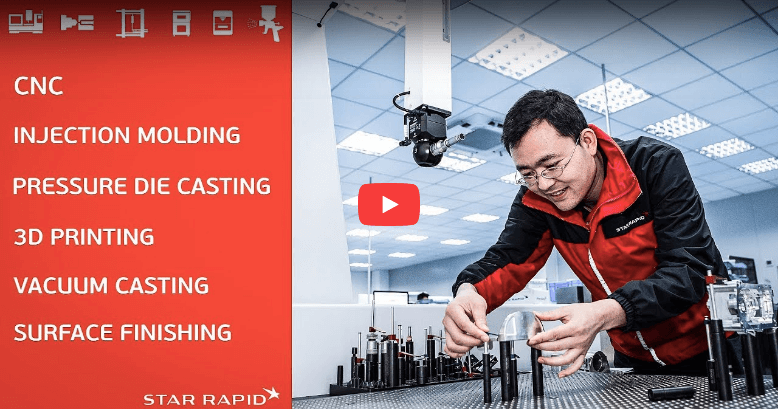The Best Strategy To Use For Investment in Engage, Atlanta Startup Ecosystem - The Coca
The Basic Principles Of 3D printing company considering Georgia, two other states for
The Georgia Center of Development works with Georgia producers of all sizes, from entrepreneurs to big Fortune 500 companies, to resolve company obstacles and chances and to innovate items, procedures, and labor force. Our group is comprised of manufacturing issue solvers devoted to helping organizations. Much of the Center's assistance to makers fall within three main categories: product advancement, process improvement, and workforce advancement services.


that can meet business requirements (including startup accelerator programs, prototyping stores, agreement producers, labor force development programs, tax incentives, international trade, and many others). Facilitate partnerships and partnerships with the appropriate set of resources so that the company can overcome its difficulty. In addition to dealing with specific manufacturers, the Center also works in strategic partnerships with companies, academic community, and government to strengthen Georgia's manufacturing community to support the future growth of the market.
A single-sided wiring pattern for an Arduino micro controller was printed on a transparent sheet of layered family pet movie. () Scientists from Georgia Tech, the University of Tokyo and Microsoft Research study have actually established a novel approach to quickly and inexpensively make electrical circuits by printing them with product inkjet printers and off-the-shelf materials.
A Biased View of (PDF) DSP design education at Georgia Tech - ResearchGate
The technique, called instant inkjet circuits, permits the printing of arbitrary-shaped conductors onto rigid or flexible products and could advance the prototyping skills of non-technical lovers and newbie hackers. "Our company believe there is an opportunity to introduce a brand-new approach to the quick prototyping of totally custom-printed circuits," stated Gregory Abowd, Regents' Teacher in the School of Interactive Computing at Georgia Tech and a detective in the research study.

Printing the circuits on resin-coated paper, PET movie and glossy image paper worked best. Key Reference made a list of materials to prevent, such as canvas fabrics and magnet sheets. "Everything we introduced in our research is readily available in the market and makes it possible for individuals to attempt this at home," said Yoshihiro Kawahara, associate teacher at the University of Tokyo and the primary investigator who established the method while in Atlanta.
UNDER MAINTENANCE